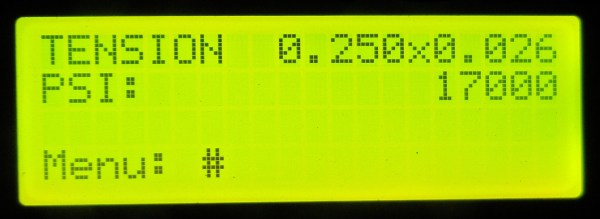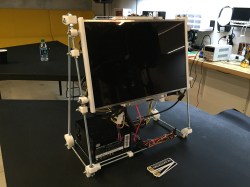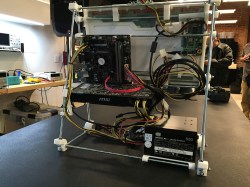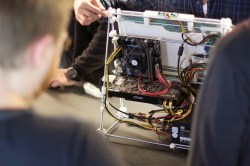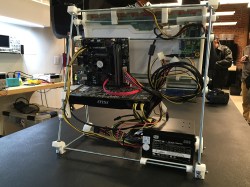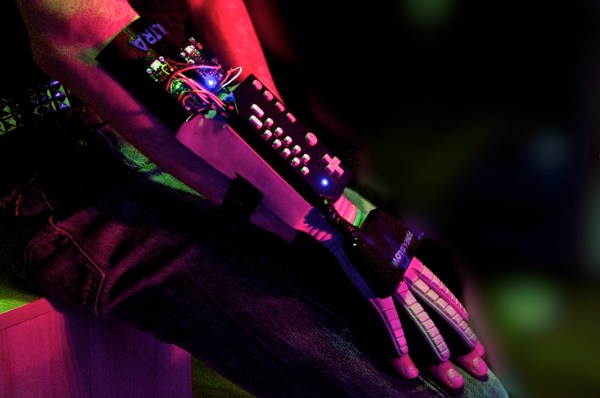A pleasing development for those with an interest in audio equipment from decades past has been the recent resurgence in popularity of vinyl records. Whether you cleave to the view that they possess better sound quality or you simply like the experience of a 12″ disk with full-size cover art and sleeve notes, you can now indulge yourself with good old-fashioned LPs being back on the shelves.
Behind the LEDs is the trusty LM3915, an integrated circuit which will no doubt be familiar to any reader whose earlier life was spent among 1970s and 1980s audio gear. Internally it’s a stack of comparators and a resistor ladder, and it simply turns on the required number of outputs to match the level on its input. He’s put a pair of them on a little PCB with an associated PSU regulator, and mounted the LEDs in a row of holes drilled in the MDF base board of the turntable following the edge of the platter. Power and audio come from the turntable’s circuit board, which contains a preamplifier and the USB audio circuitry. A traditional turntable with a low-level output would not be able to drive an LM3915 directly.
This is a relatively straightforward project and the turntable itself isn’t necessarily the most accomplished on the market, but it’s very neatly executed and looks rather pretty.
Turntable projects are not as common as you’d expect here at Hackaday, but we’ve had a few. There was this concrete example for instance, and a very pretty one using layered plywood.
Courtesy of SoMakeIt, Southampton Makerspace.



